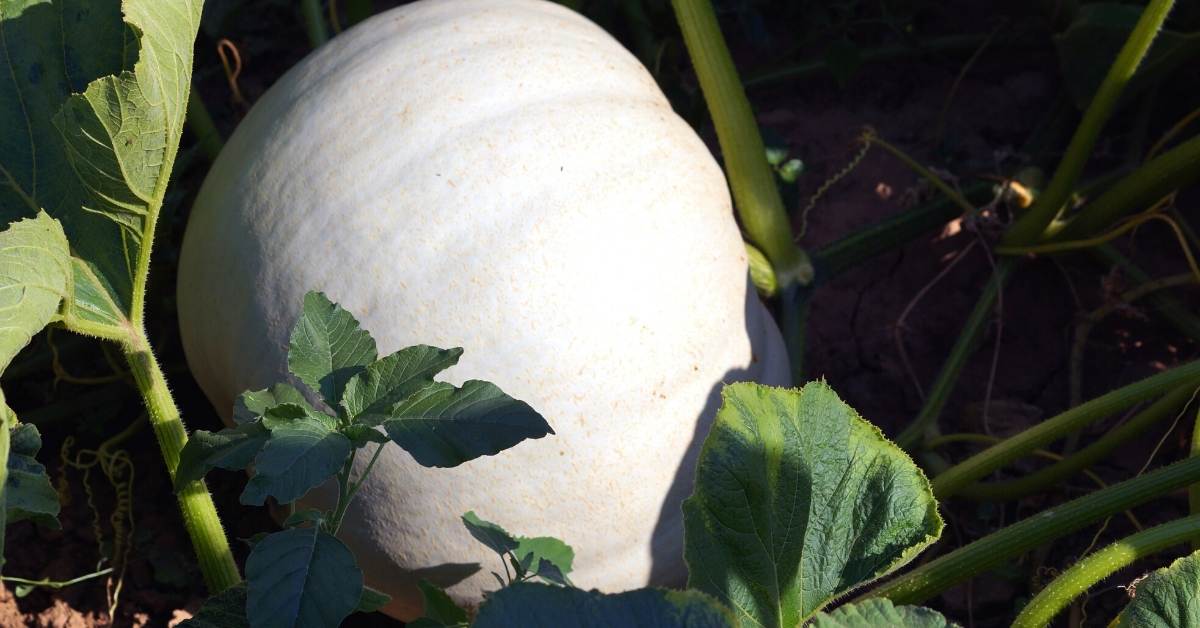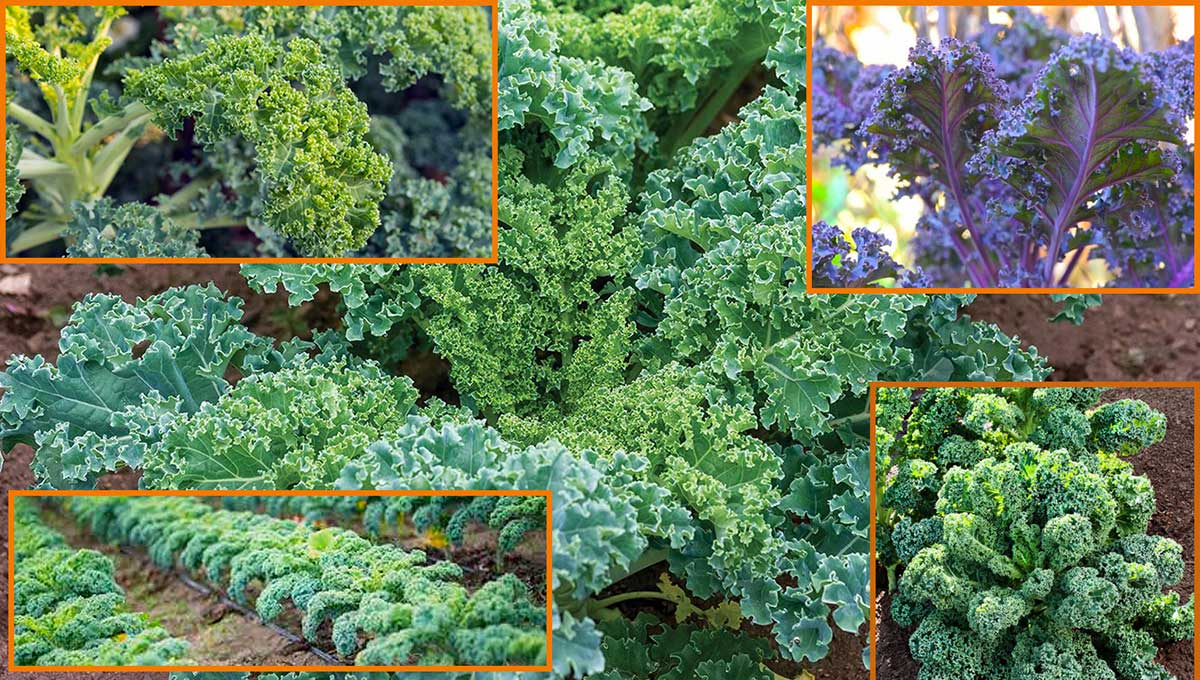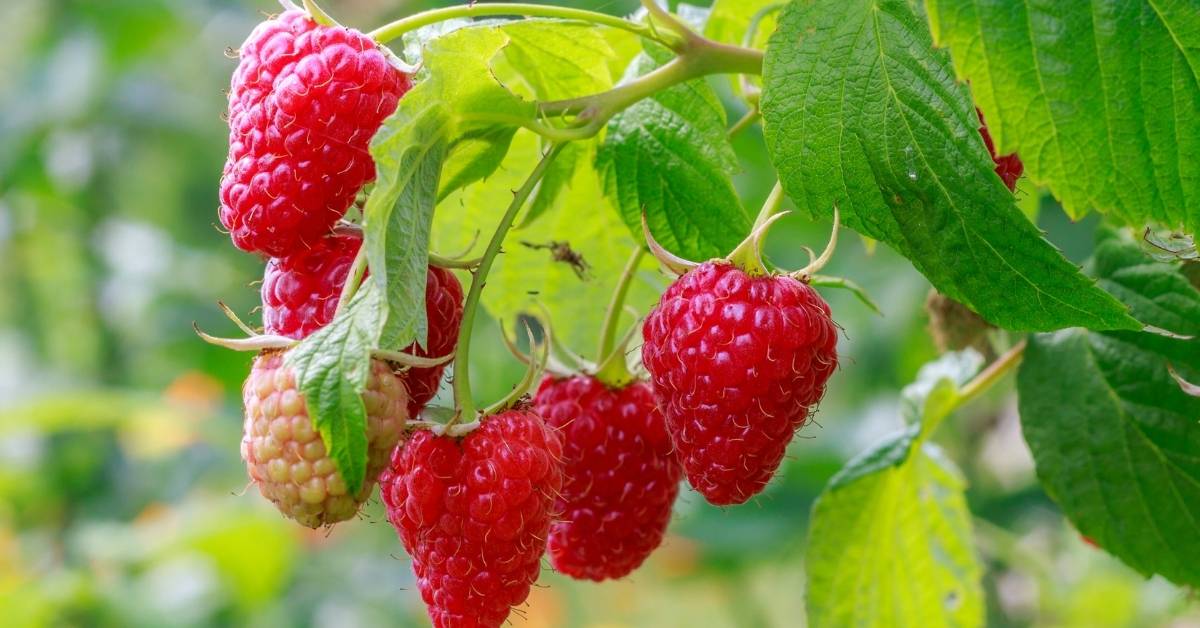Growing white pumpkins (Ghost pumpkins) can be a fascinating experience, but growing unusual varieties, such as white pumpkins, can be even more rewarding. Their exceptionally beautiful shapes and ranges of white hue have enticed many gardeners into taking their horticultural skills to another level.
Here are 15 essential tips for growing white pumpkins which you need to know, seriously.
Varieties of White Pumpkins
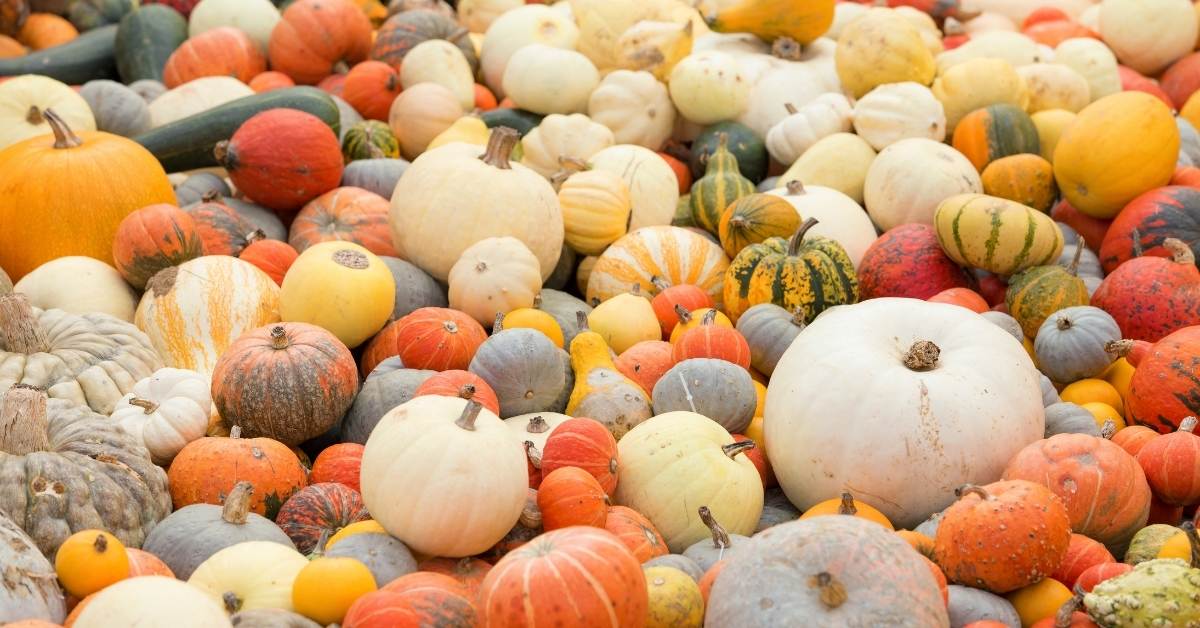
Several varieties of white pumpkins are available today, from the smallest ones that fit in the palm of your hand to the ones that reach the size of 130 pounds.
Individual care, soil, and weather play a significant role in the finished product in many cases.
Except for the dwarf varieties, most white pumpkins are great for cooking and baking because of their dense and meaty flesh.
The most common selections of white pumpkins are listed below:
- Baby Boo Miniature – Grows up to three inches in diameter. It has snow-white skin and produces on average of 400 seeds per pound. It is not edible but perfect for decorating. If left in the sun, the skin has a tendency to turn yellow.
- Crystal Star – This pumpkin retains its white color even as it ages. It reaches the size of 12 inches and the weight up to 35 pounds. It is often used for carving and decorating as well as cooking due to the even distribution of pulp throughout the fruit.
- Full Moon – It can reach the size of 90 pounds and three feet in height. Its skin remains porcelain white if kept in the shade after harvesting. If left in the field, it will change its appearance to creamy beige with stringy lesions on the surface.
- Casper – It needs 155 days to fully mature and reaches its snow-white appearance. It has very smooth skin and virtually no ribbing making it ideal for painting rather than carving. Its flesh is overly sweet, but it is excellent for baking when incorporated with other less sweet ingredients.
- White Ghost – Sometimes called Valencia, this pumpkin has white skin and bright yellow flesh. It rarely grows into a round shape. Its form is typically squat making it tricky to carve into ornaments. It produces thick flesh and makes it an interesting cooking element due to its density and unusual taste.
- Lumina – This type of pumpkin is exceptionally quick to reach its maturity within less than 90 days, but it is short-lived and does not remain fresh for prolonged periods of time after harvesting. It has brilliant white skin and yellow flesh with a remarkable fragrance and taste. Many gardeners prefer it for cooking and painting because of its silky smooth jacket.
- Snowball – Round and attractive, this pumpkin reaches 2 pounds and produces over 3,000 small seeds per fruit. Its white skin holds well under stress and in almost any condition. Its deep green stem and leaves create a perfect contrast with other ornaments when decorating. The seeds are suitable for drying, eating, or planting the following season.
- Polar Bear – As the name suggests, this pumpkin is of immense variety, and the vines produce the fruit up to 65 pounds. The fruit reaches its bright white color after harvesting when it is stored in the sun.
When cultivating different species of pumpkins, several steps should be followed to achieve optimal results. Proper control of the growth of your product will produce the finest quality crop that is disease-free and great for cooking or decorating.
- Choose the purpose and an appropriate variety of the pumpkins to grow.
- Begin with fresh seeds and start the process indoors if necessary (in colder climates).
- Move seedlings outdoors when the temperature does not fall below 70 degrees.
- Choose fertile and well-drained soil.
- Choose the correct planting technique (ditch or mound method).
- Incorporate organic compost.
- Ensure proper drainage.
- Introduce a population of bees for proper pollination between male and female blossoms.
- Ensure perfect round growth by planting the pumpkins on flat ground. If the patch of soil is uneven, the fruit will become lumpy in appearance and may grow sideways in one direction.
- Use organic fertilizers only. Chemically based fertilizers contribute to color alterations as the pumpkins mature.
- Secure plenty of space in your garden for large varieties. Pumpkins grow at a rapid pace and need sufficient space to expand.
- Harvest as soon as the pumpkins are ripe to prevent mildew and decay from forming at the bottom where they touch the ground.
- Store them in a shady and well-ventilated area to avoid change of color.
- Weed, till, and hoe your garden daily.
- Dry the seeds thoroughly before storing them to avoid mold.
How to Begin Growing White Pumpkins From Seed?
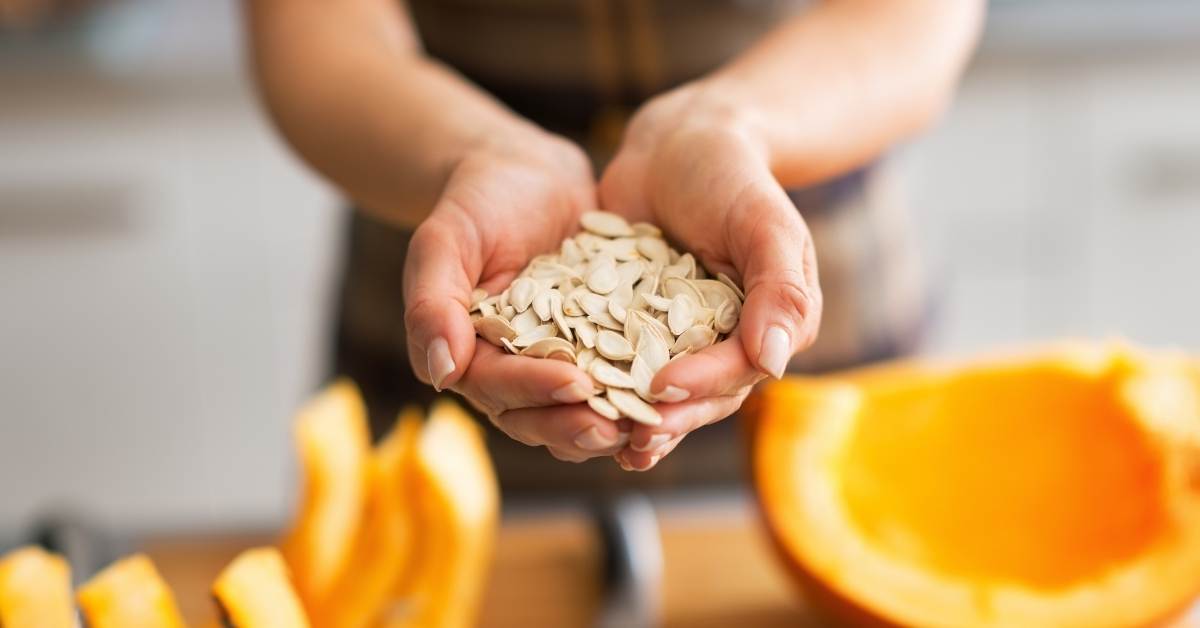
For novice gardeners, growing pumpkins may seem like a difficult task. However, this type of horticultural activity brings excellent results and can be engaging and fun for the entire family.
Healthy seeds are a good start. It is crucial to purchase the seeds from a nursery rather than a local chain store where the seeds are of much lower quality, and often different varieties are mixed with each other.
Preserved seeds can last for many years, and local nurseries are the most reliable vendors as they have the knowledge and experience in handling them.
Depending on the climate zone, the seeds can be planted either indoors or outdoors. Typically, the pumpkins do not favor transplanting. If planting indoors can be avoided, begin outside once the temperatures are at least 70 degrees during the day and at least 55 degrees at night.
The next step consists of choosing the proper location. Pumpkins need full sun, at least 8 hours per day, and fertile soil that provides plenty of nutrients during the growing season. The chosen patch of land cannot contain any standing water and must be well-drained.
Plenty of space is also required as the vines may grow up to 30 feet in length. It is recommended to plant the seeds in the center of the area where you expect them to germinate and fruit to develop as the vines spread in a circle around the crop.
In addition, white pumpkins are sensitive to wind and may have to be protected by temporary trellises or a fence. In most windy regions of the country, the seeds should be planted in a row of ditches to protect the seeds, the fruit, and any excessive loss of soil around the crop.
It is also true for hot climatic zones. Planting slightly under the top level of the ground will help to retain the moisture and avoid the necessity for extra frequent watering.
In colder climates with plentiful rainfalls, the seeds can be planted in a mound of soil to prevent the accumulation of standing water around them and the growth of disease and pests.
Common Pumpkin Pests
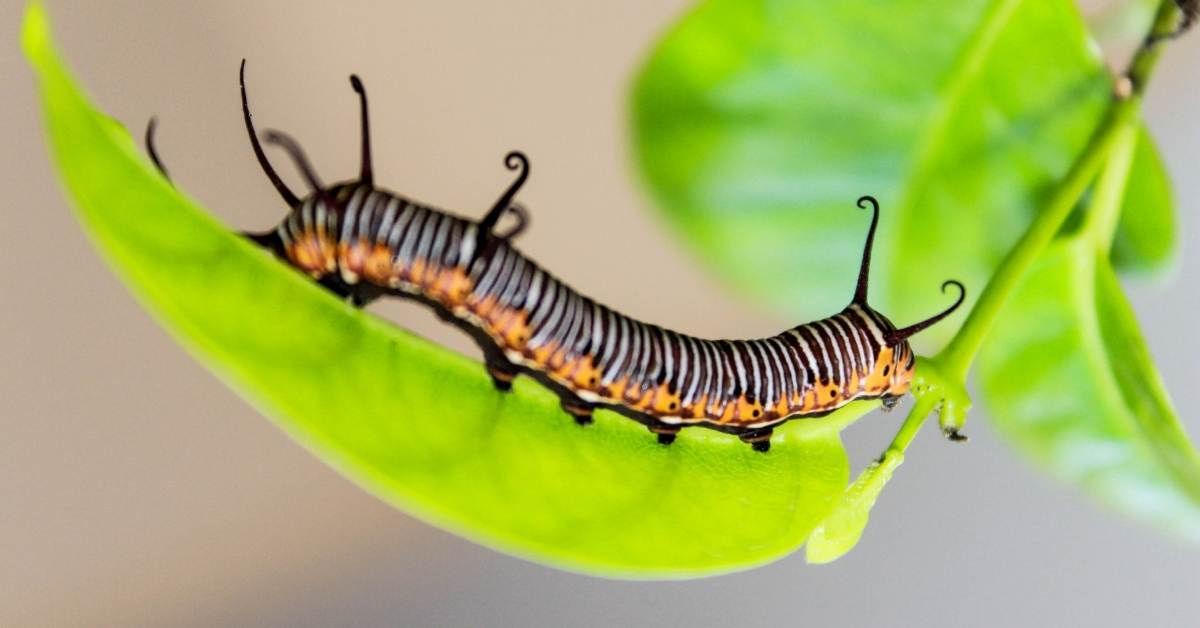
Several pests are attracted to white pumpkins because of the sweet smell of the flowers and fruit. One of the most effective methods to detain them is planting a row of sunflowers for their attractive appearance.
In many cases, the pests are detoured to the sunflowers rather than the pumpkins. However, pest control will still have to be implemented to prevent the spread of unwelcomed guests to the entire garden. Most frequently experienced pests include the following:
- Aphids – The first sign of aphids is the curling of the young leaves. It is the best time to curb the infestation as, at this time, the colonies are still fairly small and can easily be contained by simple preventive measures such as a strong spray of water which disrupts the clusters.
This break in multiplying the aphids allows the beneficial ladybugs to enter the congregation and absorb the remaining insects. It is important to address the issue as soon as noticed as the aphids have the ability to decimate the emerging fruit and the female blossoms.
- The Beetles – Several varieties of beetles can attack the pumpkin fruit, flowers, and vines. Most of them harbor around the stem of the plant and feed by devouring the tenderest parts.
They congregate in the soil around the plant, and the most effective way to eliminate them includes regular weeding, tilling, and hoeing of the ground closest to the crop.
Preservation
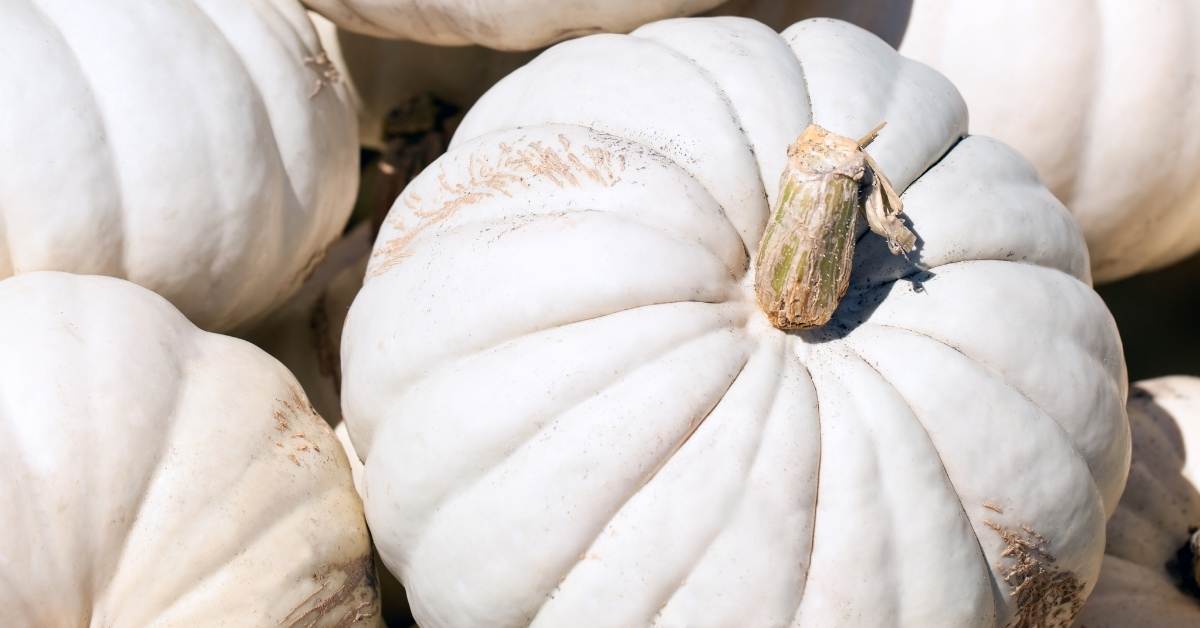
White pumpkins are great for painting and decorating as they provide a blank canvas for all sorts of creative ideas.
As they are especially susceptible to bruising, extra care must be implemented when handling them during the growing season, harvesting, and decorating. For ornamental purposes, the dazzling white skin can be preserved by following few simple steps:
- Wash the fruit in soapy water.
- Dry thoroughly with a soft cloth or paper towels.
- Spray with rubbing alcohol to destroy any bacteria or mold.
- Place it on a stack of paper towels and let it air dry. Change the towels every few days as they become saturated with moisture being released from the pumpkin. Repeat the process over the next few weeks until the fruit becomes lighter, and you can hear the seeds rattling inside.
- Cover the entire surface of the skin with paste wax or a coat of polyurethane varnish.
